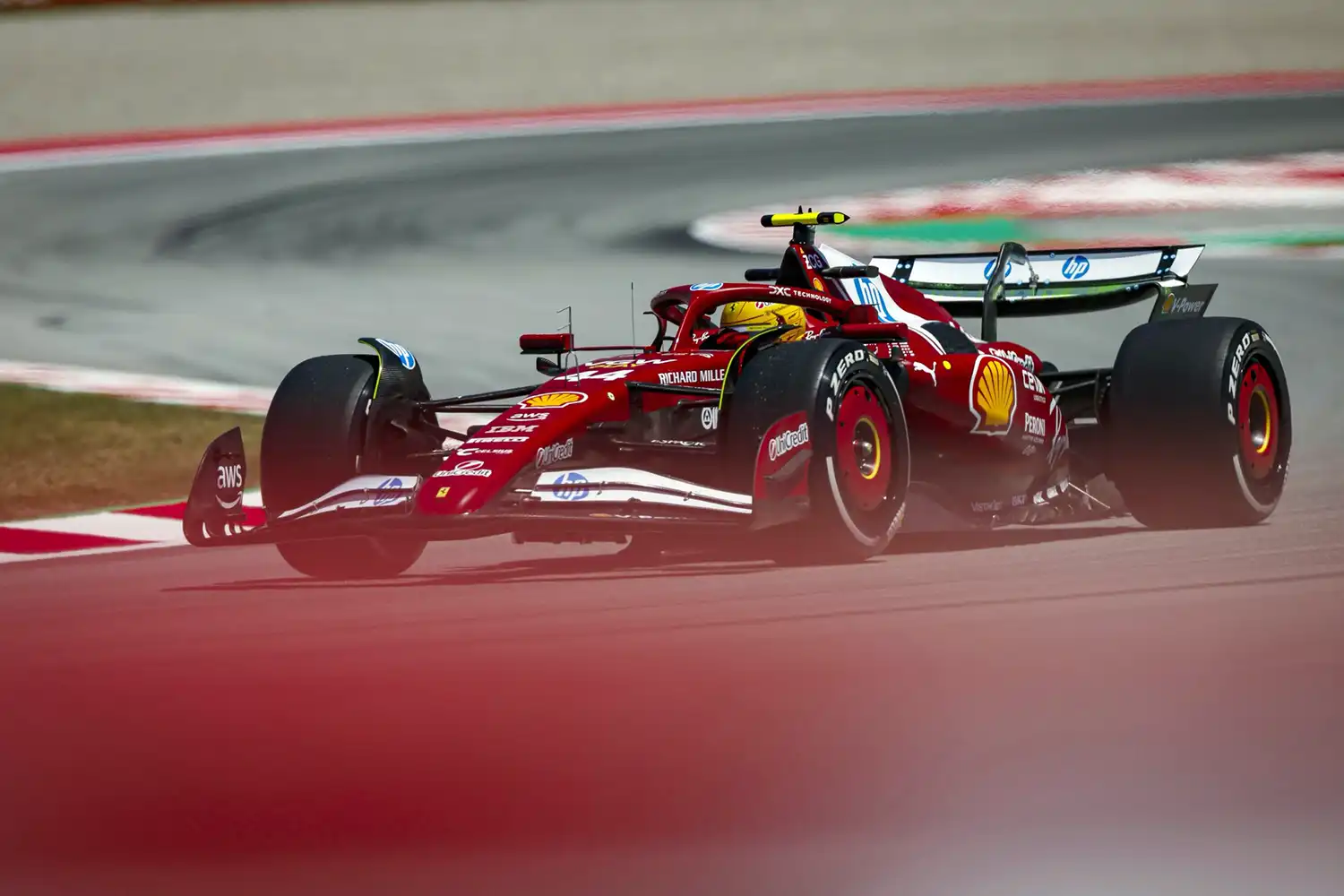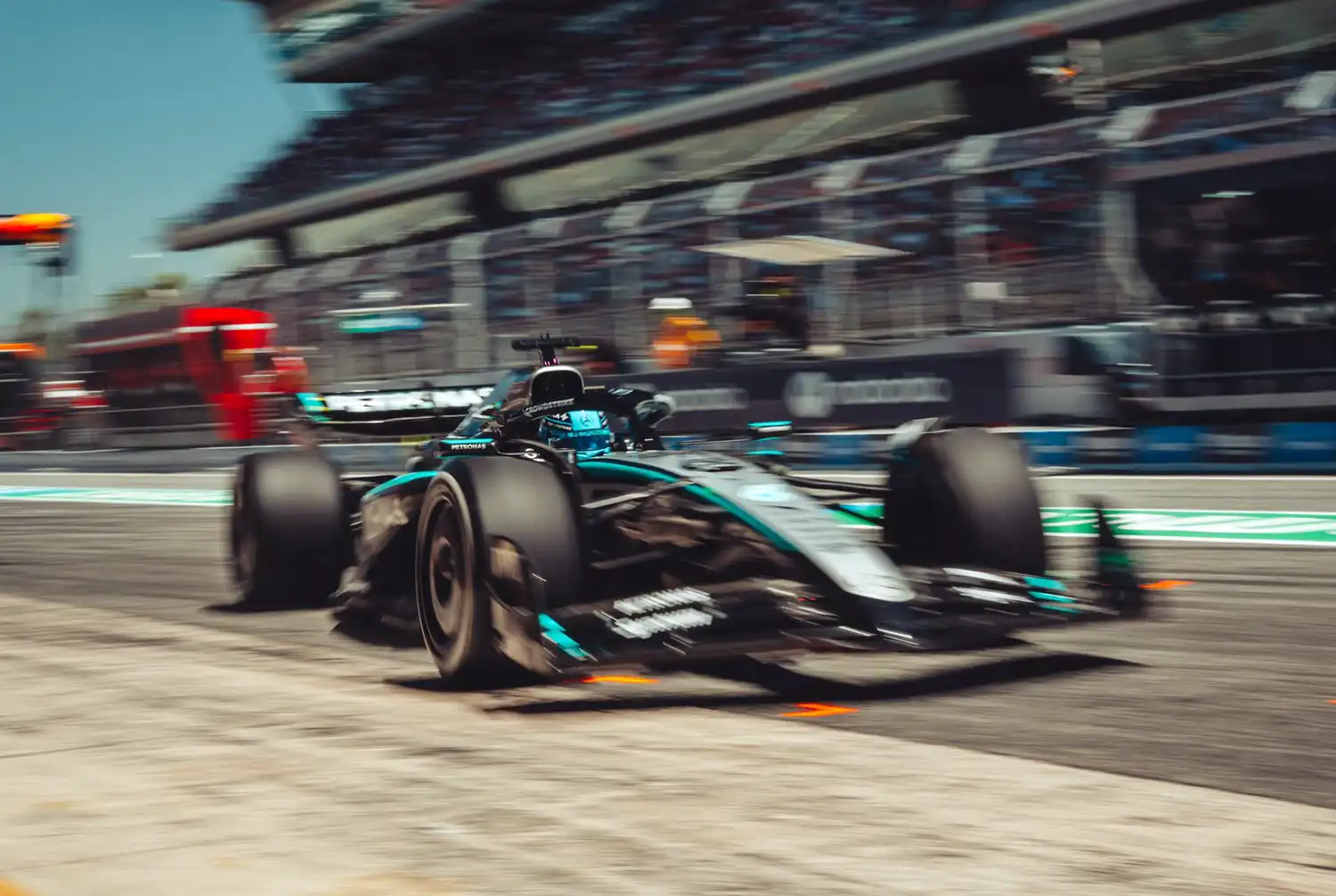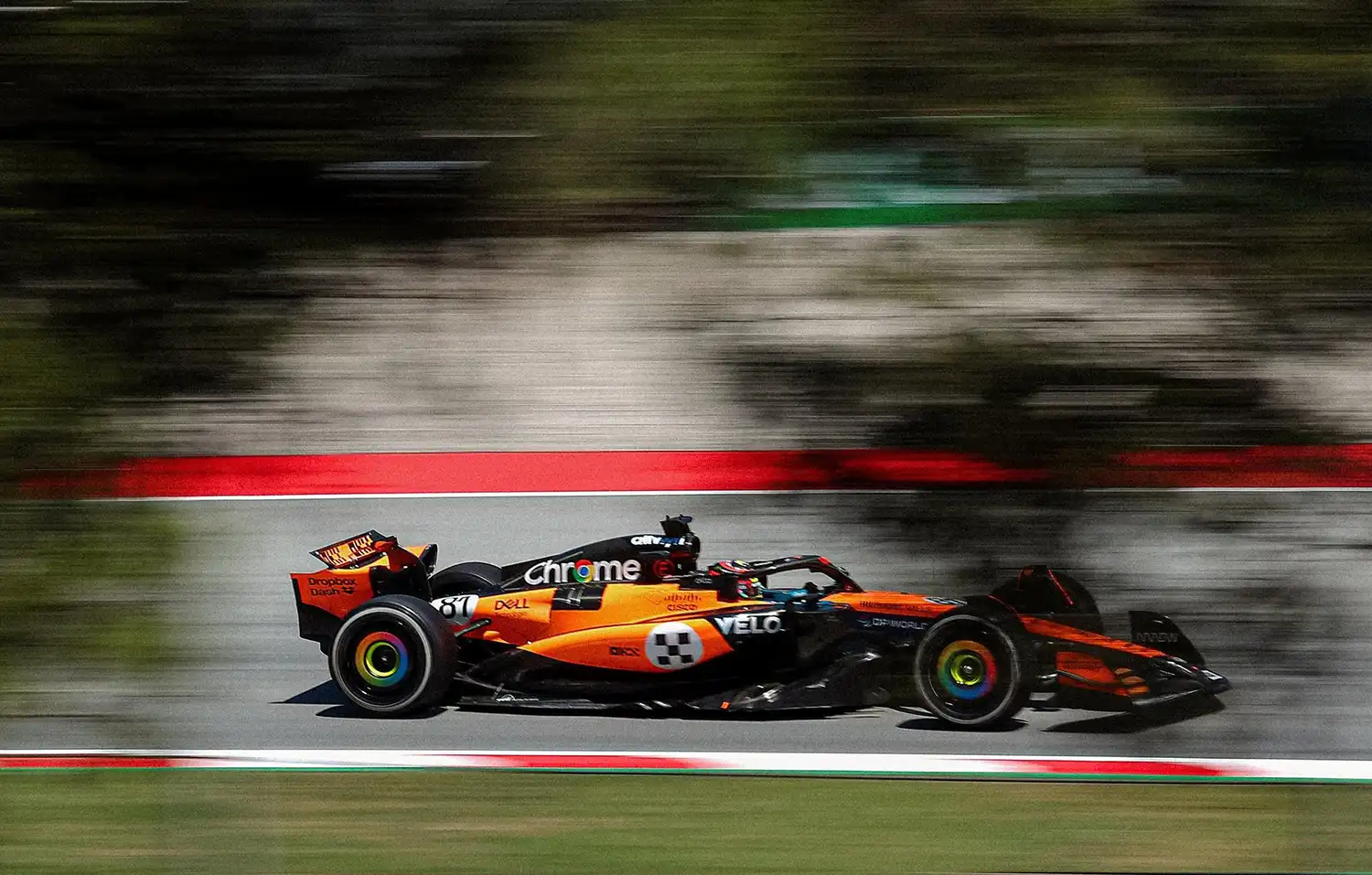
The 2025 Spanish Grand Prix introduces significant technical changes to Formula 1 cars. The FIA is implementing tougher tests on front wing flexibility. This move follows similar adjustments made to rear wings earlier in the season. The aim is to ensure fair competition and prevent teams from gaining an unfair advantage. Understanding the Spanish Grand Prix front wing directive is key.
Why Stricter Wing Flexibility Tests?
FIA Single Seater Director Nikolas Tombazis explained the rationale behind these changes. Teams often focus intensely on competitor car designs. This often leads to concerns about wing flexibility. Towards the end of the 2024 season, the FIA decided to toughen its tests for 2025. This ensures that no team exploits design loopholes.
Addressing Rear Wing Deformation Earlier
The FIA first addressed rear wing deformation through new 2025 regulations. Article 3.15.17 specified a 2mm maximum variation in the slot gap under a 75kg vertical load. This measure aimed to counteract the “mini-DRS effect.” However, initial tests showed this was insufficient. Cameras were mounted on cars in Australia to monitor compliance.
Evolving Rear Wing Tests in 2025
After analyzing footage from the Australian Grand Prix, the FIA imposed even stricter limits. The tolerance for rear wing deflection was reduced to 0.75mm at the Chinese Grand Prix. It was further tightened to 0.5mm at the Japanese Grand Prix. These sequential adjustments aimed to fully curb excessive rear wing flexing. The FIA continues to monitor all performance aspects.

New Focus on Front Wing Rigidity
Attention now shifts to front wings, with tougher tests starting at the Spanish Grand Prix. The decision to defer these changes was practical. Introducing them earlier would have burdened teams and potentially led to scrapping existing front wings. This would have caused unnecessary expense for the teams. Therefore, a deferred introduction was deemed more sensible.
Specifics of the New Front Wing Tests
Revisions to Article 3.15.4 and 3.15.5 of the 2025 Technical Regulations define the new parameters. For Front Wing Bodywork Flexibility, a 100kg symmetrical load now allows only 10mm of vertical deflection. Previously, this was 15mm. When the load is applied to one side, deflection is now limited to 15mm, down from 20mm.
Regarding Front Wing Flap Flexibility, permitted deflection drops significantly. A 6kg point load, normal to the flap, now allows only 3mm of deflection. This was previously 5mm. While these reductions seem small, they represent a substantial increase in rigidity. Tombazis hopes this will resolve the issue for the remainder of the year.
Ongoing Vigilance and Future Outlook
The FIA consistently tests components throughout the season. They conduct static load tests in parc fermé conditions. This prevents teams from using different wings for testing and racing. Tombazis anticipates fewer flexibility issues with the 2026 regulations. However, the FIA will remain vigilant. They will continue testing to ensure fairness.
Impact on the Spanish Grand Prix and Beyond
The introduction of the Spanish Grand Prix front wing directive means teams must adapt quickly. Drivers like Carlos Sainz and Lando Norris have expressed confidence in their teams’ ability to manage these changes. The tightened regulations underscore the FIA’s commitment to maintaining a level playing field. This ensures fair competition throughout the championship.
Disclaimer: All information presented in this article is for informational purposes only. Technical regulations, their interpretations, and their impact on performance are subject to official FIA rulings and team adaptations. Always refer to official Formula 1 and FIA sources for the most accurate and up-to-date information. Automotive performance can be complex and dynamic.
Source: FIA
Photos Via: Ferrari, McLaren and Redbull
AI Assistance: Gemini
